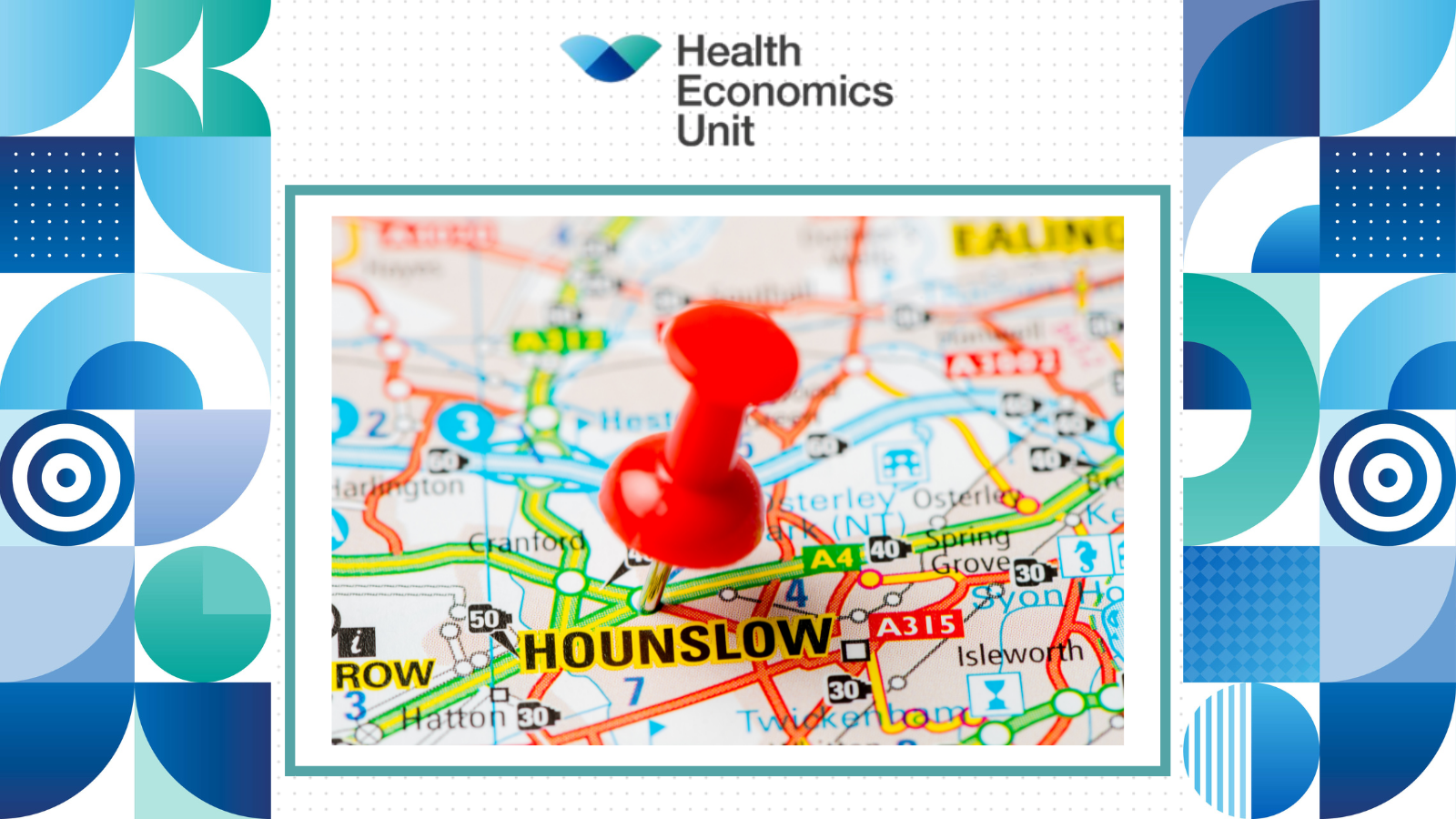Dr Sadia Khan, Consultant Cardiologist, Chelsea and Westminster Hospital NHS Foundation Trust, has been working with us to investigate whether a local quality improvement initiative has impacted on hospital admissions for stroke and bleeding.
In recent years, the London Borough of Hounslow had one of the country’s highest rates of stroke, which was a major concern for our hospital team, primary care colleagues, the wider health economy and our local communities.
In response, we decided to prioritise care for atrial fibrillation (AF), which was one of the major causes of an increased stroke risk locally. Undiagnosed and poorly managed AF is a global problem and it’s key that current pathways and systems are ready for what we’ll be facing in 20-50 years’ time with a growing older population.
While investigating this area, I discovered that Andi Orlowski from the Health Economics Unit (HEU) was already developing a national dashboard related to the condition, and we decided to work together.
The quality improvement initiative
The Hounslow AF quality improvement (QI) initiative was designed to improve the quality of care for patients with AF through increased detection and appropriate anticoagulation. Our study aimed to evaluate whether the initiative resulted in a change in stroke and bleeding rates in the Hounslow population.
The initiative included education and specialist support for GPs on the diagnosis and management of AF, including the use of a handheld ECG device for opportunistic screening; the creation of an AF ‘at-risk’ register and patient status alert; a SystmOne AF clinical template to help improve compliance with NICE guidance and patient-centred anticoagulation choices; cardiology nurse review of exception-reported patients and patients on aspirin; nurse-led face-to-face anticoagulation clinics; and patient education.
The data
As NHS Hounslow CCG runs a single electronic patient record in SystmOne, the research team was able to put in a weekly back-end automatic data extraction, with primary care clinical staff simply entering data as they would usually do for a consultation. HEU also supported with hospital episode statistics.
The team also used publicly available QoF data, local charity information, national stroke audit data, and GP practice audits covering people identified on the AF register, including how many new patients were added each week, risk scores and whether they were given treatment.
What the research showed
The QI initiative was launched in October 2014. Using hospital admissions data from January 2011 to August 2018, we investigated any changes in rates of admission with stroke and bleeding following its introduction.
We found a 17 per cent decrease in the rate of admission with stroke as primary diagnosis and an even larger yet not statistically significant decrease in admission with stroke as primary diagnosis and AF as secondary diagnosis. We saw no significant changes in bleeding admissions.
We concluded that the reduction in stroke admissions could possibly be associated with the QI initiative, but that the data suggests the intervention may not be effective over time. As this was not a randomised study we appreciate that decrease observed may actually be attributable to other events and so more work is needed in this area.
The importance of involving patients and the public
We involved patients in the design and delivery of the AF QI initiative in addition to the development of the research paper. Patients and the public supported the community involvement in locations such as mosques and libraries, helping the clinical teams to link with local people and share important information about AF, how it’s diagnosed and how it can be managed.
The results will be shared with the public and we will seek their involvement in further dissemination of the lessons learned.
What’s next?
Further research in other regions with similar demographics could be used to build on this initiative and allow for more robust statistical analysis. Larger studies could also better inform an understanding of the rarer outcomes of this study, including admission for bleeding.
In regions where undiagnosed or poorly managed AF is evident, similar QI interventions may prove beneficial in reducing the burden of stroke on people living with AF and on the healthcare system.
Partnership working
Andi Orlowski, Director at HEU, added: “Partnership working is crucial across the health economy and it’s exciting for us to work with practising professionals like Sadia.
“Our work has shown that a QI initiative can be delivered as a whole system and there is lots of data out there – work doesn’t have to be limited to all primary care or all secondary care – NHS partners, academia, the community and patients can all work together.”
Click here to read the full paper.
The HEU team is keen to work in collaboration with organisations across the NHS. To find out more about how you can get involved, please contact us.
